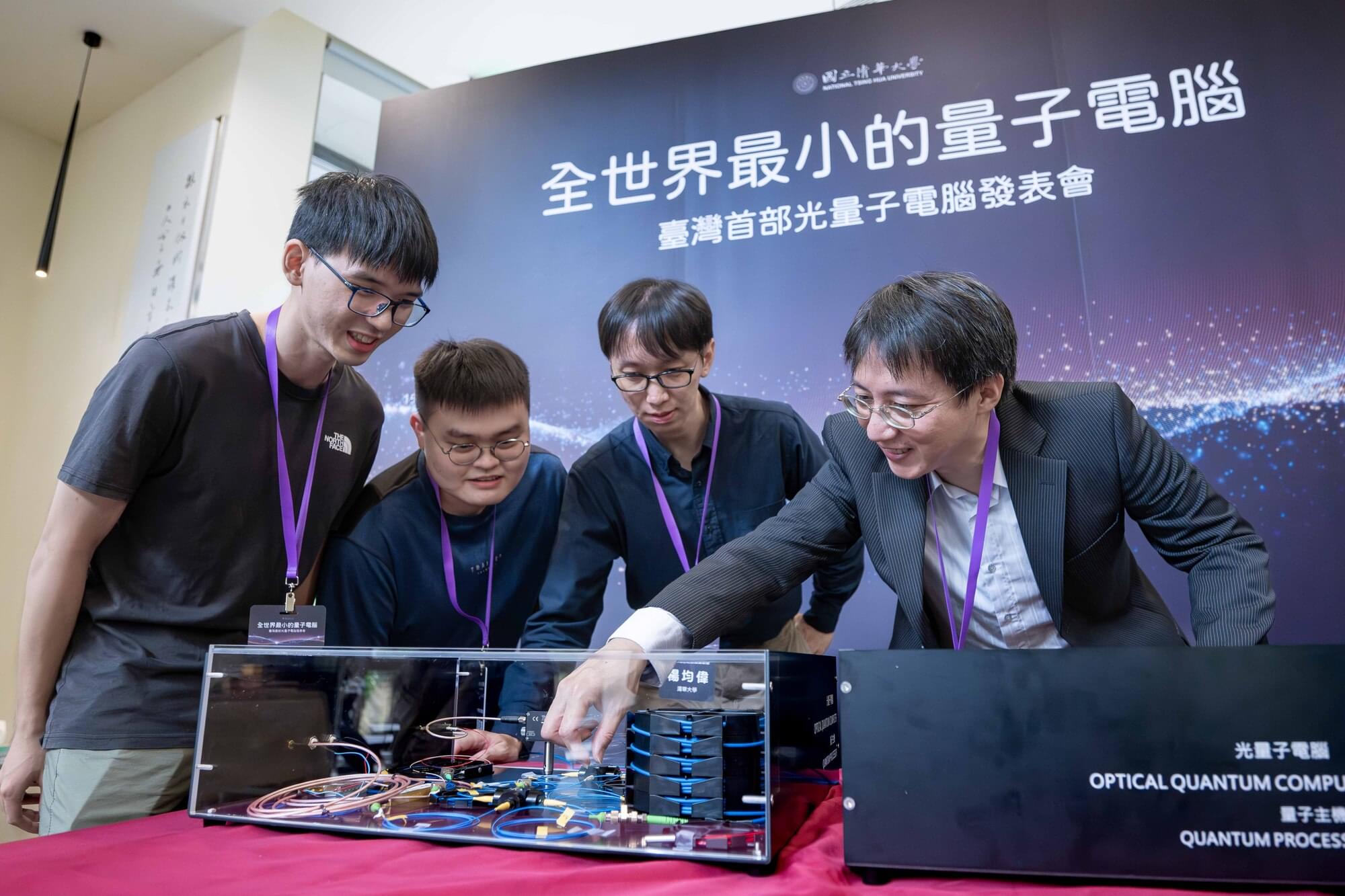In 1963, Alfred Heineken created a beer bottle that could also function as a brick to build houses in impoverished countries.



What can astronomers learn from observing black holes that suddenly wake up? This is what a recent study published in Nature Astronomy hopes to address as an international team of researchers investigated what a black hole looks like when it goes active and starts accumulating matter in its environment. This study has the potential to help researchers better understand the peculiar nature of black holes, which remains one of the most intriguing and mysterious objects in the universe.
For the study, the researchers observed a black hole residing at the center of SDSS1335+0728, which is located approximately 300 million light-years from Earth in the constellation Virgo. This study builds on observations first made in 2019 of activity of this particular black hole, which was nicknamed “Ansky”, and has since been designated as an active galactic nucleus. But new observations made in 2024 revealed Ansky was emitting X-ray bursts regularly, and the astronomers pounced at the chance to observe a black hole waking up, so to speak.
“This rare event provides an opportunity for astronomers to observe a black hole’s behavior in real time, using X-ray space telescopes XMM-Newton and NASA’s NICER, Chandra and Swift,” said Dr. Lorena Hernández-García, who is a researcher at Valparaiso University in Chile and lead author of the study. “This phenomenon is known as a quasiperiodic eruption, or QPEs are short-lived flaring events. And this is the first time we have observed such an event in a black hole that seems to be waking up.”
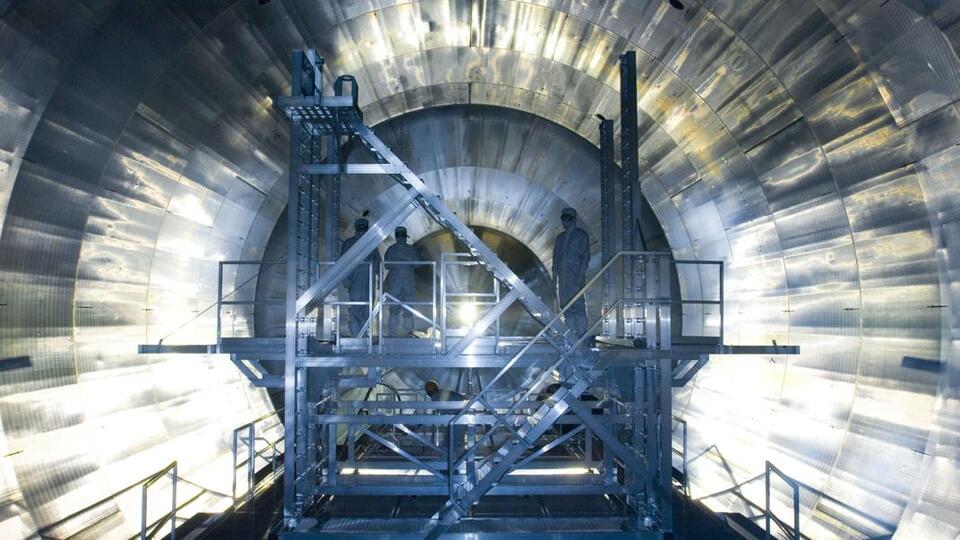
Physicists have scaled down the maximum possible mass of an elusive “ghost particle” called a neutrino to at least one-millionth the weight of an electron. The revision takes scientists one more step toward a discovery that could alter or even upend the Standard Model of particle physics.
Our universe is awash with phantom specks of matter. Every second, around 100 billion neutrinos pass through each square centimeter of your body. They’re produced in multiple places: the nuclear fire of stars, in enormous stellar explosions, by radioactive decay and in particle accelerators and nuclear reactors on Earth.
Even though they’re the most common form of matter in the cosmos, neutrinos’ minimal interactions with other matter types makes them notoriously difficult to detect, and they’re the only particles in the Standard Model whose precise mass remains unaccounted for.
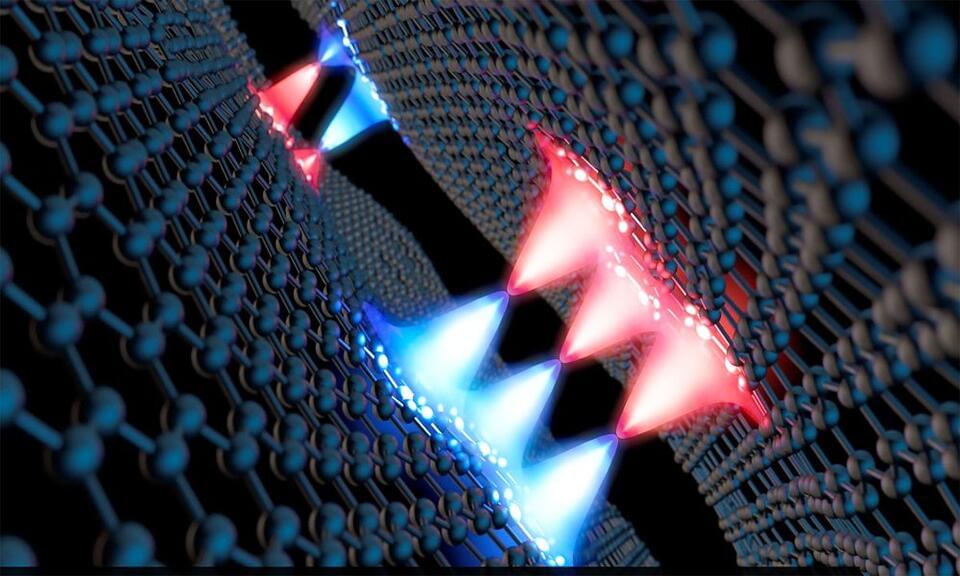
Quantum mechanics has always left people scratching their heads. Tiny particles seem to break usual laws of nature, hinting at puzzling scenarios that have intrigued physicists for decades, often sparking debates on how these subatomic oddities might push the limits of future technology.
One curious area in this field involves charges that behave in fractions, providing glimpses into phenomena that defy classical logic.
Scientists have spent years studying these strange properties, hoping to uncover new knowledge about how particles might transform the way we store and process information.
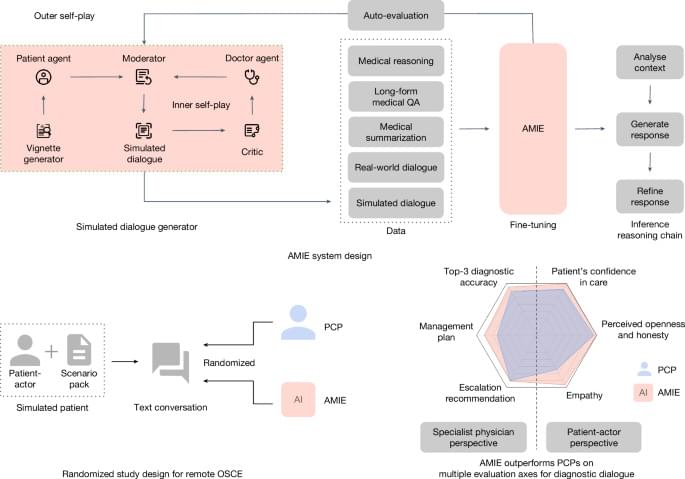
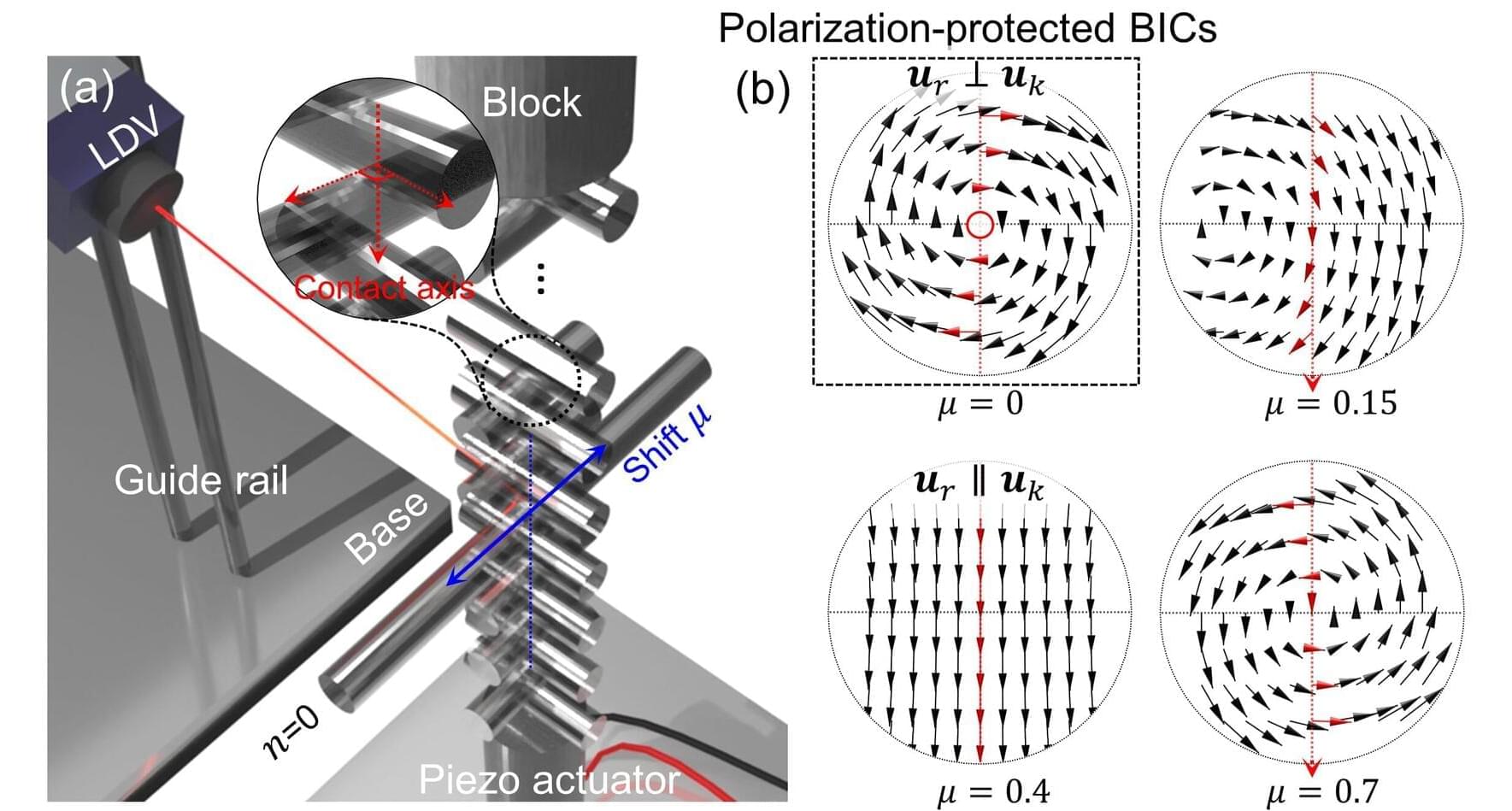
A joint research team has successfully demonstrated the complete confinement of mechanical waves within a single resonator—something long thought to be theoretically impossible. Their findings, published on April 3 in Physical Review Letters, mark a major breakthrough in the century-old mystery of bound states in the continuum (BIC). The team is from POSTECH (Pohang University of Science and Technology) and Jeonbuk National University.
Many technologies around us—from smartphones and ultrasound devices to radios—rely on resonance, a phenomenon in which waves are amplified at specific frequencies. However, typical resonators gradually lose energy over time, requiring constant energy input to maintain their function.
Nearly a century ago, Nobel laureates John von Neumann and Eugene Wigner proposed a counterintuitive concept: under certain conditions, waves could be trapped indefinitely without any energy leakage. These so-called bound states in the continuum (BIC) are like whirlpools that remain in place even as a river flows around them. But for decades, scientists believed this phenomenon could not exist in a compact, single-particle system.
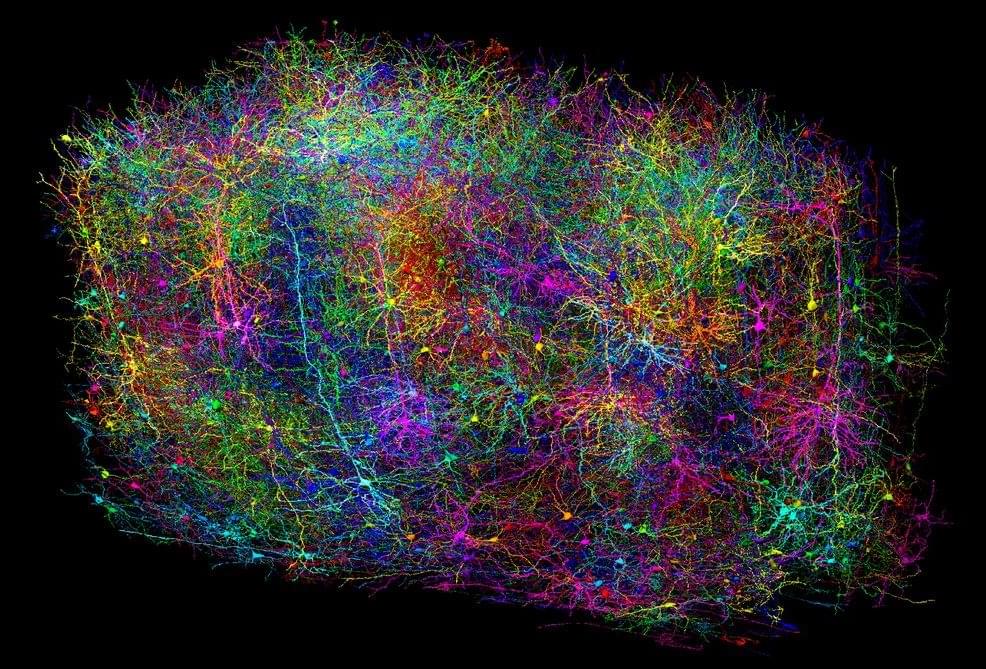
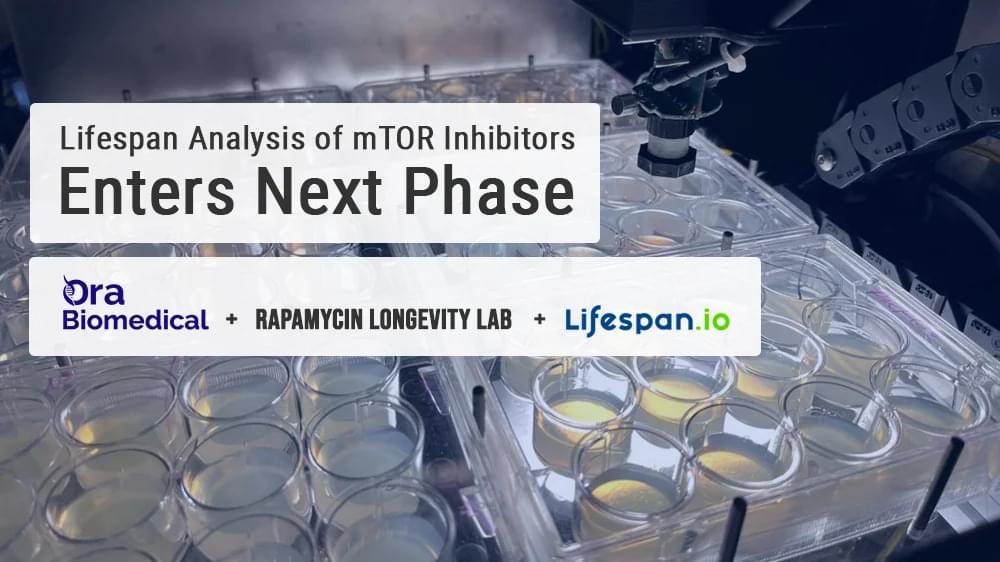
Ora Biomedical, in partnership with Rapamycin Longevity Lab, announces the successful funding of the first subproject under its ambitious initiative to conduct a rapid lifespan analysis of 601 mTOR inhibitors in roundworms.
With $50,000 secured, Ora Biomedical will now commence the next phase of the first subproject. This will be a high-throughput screening of 301 mTOR inhibitors using its cutting-edge WormBot-AI technology. This milestone marks an important step toward identifying next-generation compounds that could be more effective than rapamycin, which is currently seen as the golden standard because of its good longevity effects in multiple species.
Mitchell Lee, CEO of Ora Biomedical, emphasized the importance of this research by stating: “The potential of targeting aging to broadly improve healthy lifespan is clear from decades of studies with compounds like rapamycin. However, even for well-validated molecular targets like mTOR, we still don’t know the best interventions. We at Ora Biomedical are proud to partner with Rapamycin Longevity Lab to advance our understanding around targeting mTOR and related kinases for maximizing healthy lifespan. None of this work is possible without support from visionary donors and organizations like the Lifespan Research Institute, the nonprofit behind Lifespan.io, with whom we have partnered to create pathways for donations to advance longevity science. To all those involved, thank you again, and we are excited to get to work!”

